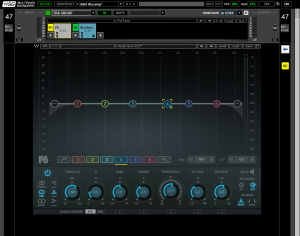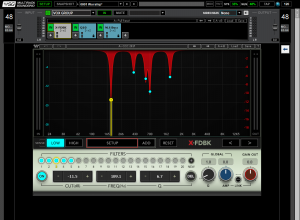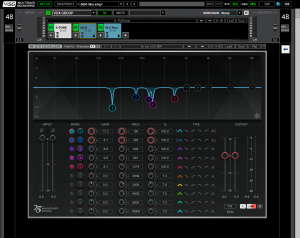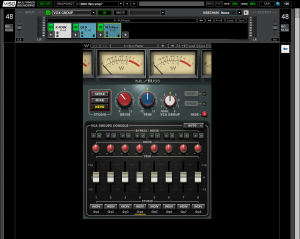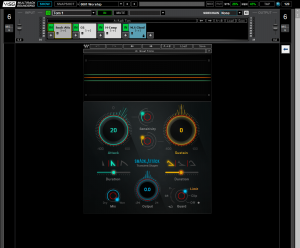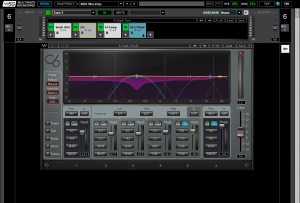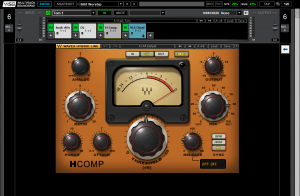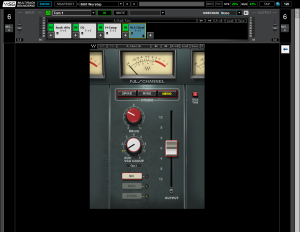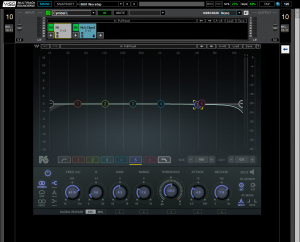After such a long series with probably the most writing I’ve done since college (almost 30 pages) I decided to pull out my recording archive and do another From the Booth post. Now that you know a bit more about my waves setup you can hear the kinds of results that produces along with a great mix from my master buss through the ole L500. I was also a bit heavy handed with the FX that week but it works out because you’ll get to hear why I think the on-board verbs and delays on the L500 are some of the best out there and why I don’t run any in within waves…I simply don’t need to. I hope you enjoy the break, if you have any comments regarding the mix please comment below or drop me a message on facebook.
Here are the particulars for this recording:
- This recording is from our summer baptism services in June. I love mixing these as the crowd is always energetic and I get to push the PA a bit. It was also father’s day which is why I was in a cubs jersey. No, I don’t get to wear that on a regular basis.
- The audio you hear is from the broadcast mix of the FOH console. This mix is built from my master bus with the FX turned down just a bit to help them sit better in a studio environment and that’s it. It’s not a perfect mix for broadcast but it does a good job at translating a mix designed for an auditorium down to a mix suitable for personal viewing.
- You will see 4 videos in a matrix. The top left video is my Smaart machine. The green is real-time, the orange is a 10 sec average of the real time, the red (if you even see it) is what is coming out of the console (you’ll typically only see if there is an issue with our gear which I don’t believe there was). The SPL number is 1 minute average which is how we measure the services. The top right is the broadcast video feed. Bottom left is a camera showing what I’m doing (I apologize for the glitchiness, I was having some camera issues but I did get the new angle showing a bit more of what I’m doing). The bottom right is basically what I see, that camera is looking over my shoulder.
- This is a regular weekend service and as such I’m directed to keep worship at or around 92 dbA in the one minute average with a ceiling at 95 dbA. The applause does schew my numbers a bit as you’ll see in the RTA but if the energy is there, I’m not going to lie I let the band drive it a bit.
- Here is the general layout of the SSL L500+ that I’m operating. Top left bank of faders generally sits on my drum inputs and drum FX feeds and can access my mixed outputs if need be. The Left bank at my waist (left hand) is used for instruments and tracks and access my main outputs and groups if I need to check on something or make an adjustment. The bank in front of me (right hand) is almost always on the VOX page of the console which also has my VCAs which allows me to quickly make larger mix changes. Please don’t hesitate to ask questions in the comments if you’d like to know more.
- There is a Waves SoundGrid running and I just finished a 9 week series outlining my basic template for that system. You can find that here.
- Song names are listed on the youtube page and all credit goes to the band for the performance, the song authors, and to God for allowing me to work with such a great team.
If you like what you see and would like to receive an email when new content is released please feel free to subscribe at this link! Also, if you have any questions about what you see, please feel free to reach out to me in an email at daniel@studiostagelive.com and I’ll do my best to answer your question.

